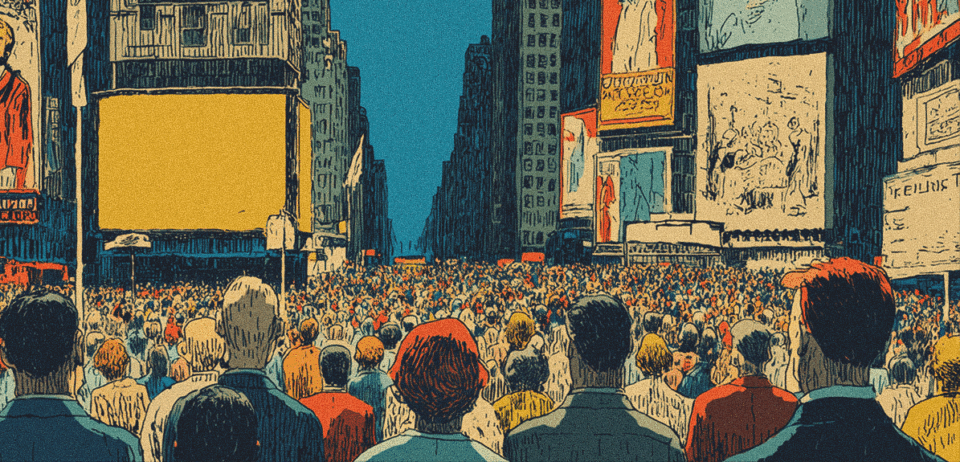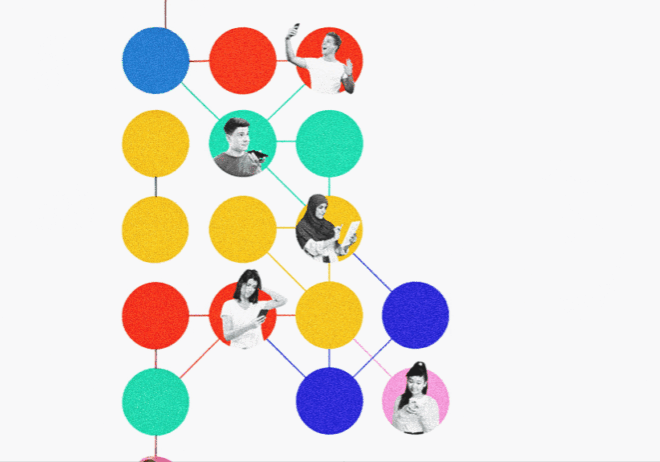
Attention Economy Challenges Brands to Chase Consumers
The attention economy is a significant talking point for brands and marketing departments. The digital ecosystem puts consumers’ attention in the supreme position. The reason is plain and straightforward: too much media, content, and a competitive chase to capture our attention.
McKinsey’s 2025 report emphasized the need to understand modern challenges, including vying for consumers’ attention, keeping users content, and maximizing the intent of that attention. Brands must figure out the existing gaps rather than shoot in the dark to score.
Today, we will examine the reports in depth to explore the emerging difficulties brands encounter when creating marketing strategies and allocating budgets.
Attention ‘scarcity’ in the time of the attention economy
The current state of the attention economy is wavering, and brands are throwing anything out there to achieve mere positive results from their tries and misses. Take Nike in terms of its approach to media and consumers.
Nike, as an established brand, may not require much assistance to get quality human attention and convert it into sales, but it cannot miss opportunities.
If Nike is aggressively pushing its campaigns on social media, including Instagram and TikTok, through short-form/vertical videos, it cannot ignore the increasing significance of YouTube Shorts at the same time.
However, rehashing content on every platform may backfire due to overexposure and hype burnout. Nike must also align its content to match the platform and user demographics.
Streaming channels are increasingly active in the advertising sector. From YouTube to Netflix and Tubi (FAST), every second platform opens its windows to brands and shows their subscriber viewership rates.
That’s called the attention economy. The more human attention a platform gains, the more opportunities brands must reach consumers. But here’s the catch: while attention is plentiful, scarcity defines its value.
Meanwhile, it excites brands—but with caution. Not every platform is worth the attention.
Value of attention in every medium
What is the value of consumer attention? Consumers spending one hour on YouTube doesn’t amount to much if the time spent is not driven by focus and intent. Quality human attention is the need of the hour for brands and their marketing campaigns.
The data and insights into actual attention span can make a big difference in ROI.
“This new way of thinking about media monetization includes an assessment of what makes attention valuable, which media formats are most efficient at monetizing attention, how distinct consumer segments approach media consumption, and strategies and questions for media players to consider as they compete in the attention economy.”
The disparity between demand and supply in the attention economy
In a balanced economy, supply and demand work together. If one of the elements goes rogue, the impact is severe on cost, consumption, and users.
However, disparity is a norm in the economy of attention, where supply and demand never get into a perfect yin-yang mode.
The pit between users’ attention and content supply has widened over time. Post-COVID, the surge of content has been overwhelming for most of the population. Audibles, videos, AI-generated content, movies, series, and never-ending live streaming exist.
At the same time, the total hours users spend watching content has increased marginally, by one or two hours.
Increasing supply doesn’t create more demand. It produces more divisions in the market.
Brands, beware of divided consumers
In today’s attention economy, the consumer no longer exists as one unified type. Instead, they’ve split into three roles: the interactive consumer, the content creator, and the content lover. Each role behaves differently, consumes differently, and expects differently from brands and platforms.
The interactive consumer actively participates—commenting, sharing, remixing, and reviewing. They aren’t just consuming content; they are embedded in it. Think of Twitch chats, TikTok duets, or fan-created Reddit threads that expand the meaning of a post or a product. For them, attention is engagement-driven and dialogical.
Then there’s the content creator, who plays both roles: user and publisher. From niche influencers to everyday users putting up haul videos, they contribute to the overflow of content. Their content isn’t always polished, but relatable, raw, and designed to get views. They don’t just consume attention—they compete for it.
The content lover, on the other hand, is more passive but committed. They binge-watch, listen on loop, or scroll endlessly. They’re not looking to create but to enjoy and escape. For brands, they’re often the easiest to reach, but the hardest to move toward action unless content is tailor-made to their patterns.
Can one person fall into multiple consumer types?
Yes, these categories are fluid. A content creator may also be a content lover at times. But what matters for brands is identifying the context in which a person plays a particular role, which defines the type of attention they’re giving.
Fragmented digital equipment and media
The mediums of attention are no longer just channels—they’re devices, screens, algorithms, and experiences. From smartphones and tablets to connected TVs and smart speakers, the range of digital equipment has stretched how and where attention is held.

According to Deloitte’s Digital Media Trends report (2024), over 90% of Gen Z and Millennials in the U.S. use multiple devices simultaneously. Users can watch a Netflix show on their TV while scrolling through Instagram Reels and checking notifications on their smartwatch. That’s the current digital reality brands are operating in. Fragmented, fast, and fleeting.
“Vertical video continues to dominate thanks to the orientation of our devices. Eventually, I think it’ll be more than vertical phone screens. Home TVs, movie theater screens, even tablets will be designed vertically, forcing production companies to create traditionally horizontal content—like movies, newscasts, and live sports—in a vertical format.” – Jaryd Wilson, Social Media Manager
This equipment-driven fragmentation is not just about more screens but shorter attention windows. YouTube Shorts, Instagram Stories, Snapchat Spotlight, and even vertical ads in mobile games are all designed for vertical-first, mobile-heavy, sound-off consumption.
And still, not all of them stick. The overflow has made it harder to decode which device is valuable for attention and which is simply background noise.
Marketers can’t afford to treat “digital” as one unified territory. Attention on a gaming console differs from that on an Amazon Alexa device. Time spent doesn’t always mean time earned. Each device filters intent differently—and often, unpredictably.
Cut to the chase
The attention economy is unstable. Consumers are constantly shifting roles, platforms are multiplying, and media are overlapping. Throwing money at every channel might buy exposure, but it won’t purchase intention. Brands must understand their value, context, and impact.
Because in a world where a wealth of information creates a poverty of attention, it’s no longer about shouting the loudest. It’s about speaking where it matters, when it matters, and to whom it matters most.

